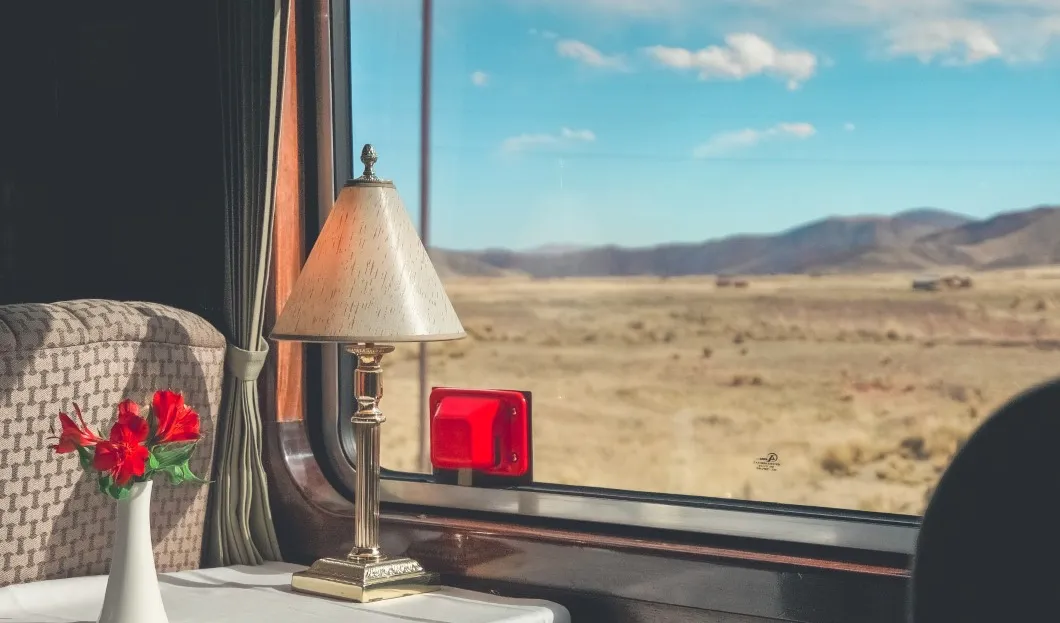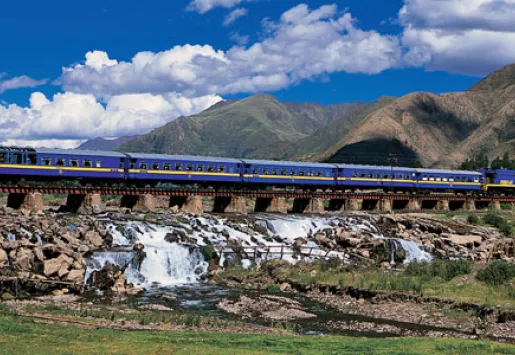
Peru has become a place that offers a wide variety of natural, archaeological, cultural and gastronomic attractions, which helped the country to establish itself as a luxury tourism destination. This way, at the end of 2018, the country registered the arrival of 4.4 million visitors, according to PromPerú, and approximately 6% of them opted for personalized services.
Luxury tourism segment demands a premium service, is not motivated by seasonality as the holidaymakers travel throughout the year, and choose a destination based on the activities offered. In this sense, there are several luxury tourism trends observed in the country.
Private visits
This type of on-demand services has always been part of the luxury model since tourists like to feel privileged, but at the same time, they are linked to the destination. For that reason, visiting site museums, communities, producing centers, cultural calendar events, and local artists exclusively, will be a highly-valued experience by these travelers.
Experiential accommodations
One of the most striking trends is that this type of tourists aims to participate and interact with nature and the local communities in order to achieve an immersive experience, so some of these travelers will choose to stay in native communities and share the daily life of the residents. Others may prefer to stay at a hotel in the middle of Lake Titicaca, or a ‘hanging’ hotel room in the Sacred Valley to enjoy the nature of the region.
Scenic flights in natural attractions
This type of tourists also seeks experiences that are more in line with their lifestyle, that is unique. For example, there’s nothing better than going on a ride in a next-gen helicopter, flying over snow-capped mountains, lagoons, or archaeological sites of Peru to enjoy an incredible panoramic view of the region, while learning information about the culture and being able to photograph vast landscapes to remember their trip.
Products that combine luxury and carbon footprint awareness
This type of visitors is increasingly aware of their actions as well as the impact and consequences of their consumption, so they’ll look for souvenirs, food products, and clothing that offer added value, by either buying from companies that support native communities or consuming products that contribute to the environment and health.















